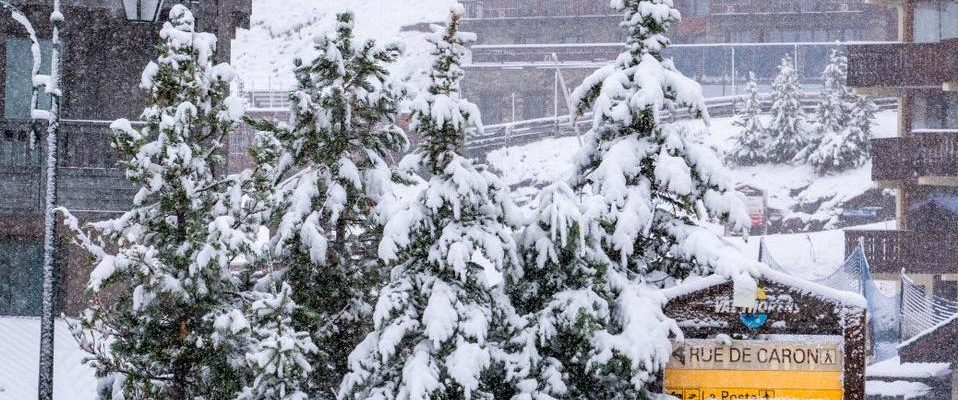After the heat wave and the absolute heat records, snow fell at the end of August, as in Val Thorens, in Savoie, or in Alpe d’Huez, in Isère, but also at the Pic du Midi in Bigorre in the Pyrenees. “It appeared from an altitude of 2,000 m, explains Denis Roy, head of the Center-East department of Météo-France. Around 2,500 m altitude, we found between 30 to 50 cm of snow. “If this meteorological episode may seem surprising, it remains “classic” for the time of year, assures the specialist.
“At the end of August or the beginning of September, we regularly observe the first autumnal situations,” he adds. The return of snow is therefore usual at these heights even if it is not systematic. The rainy episode, and therefore snowy, taken in its entirety, is all the same remarkable. We had almost all the rainfall for the month of August grouped into three days. Even if we cannot qualify it as exceptional, we can recognize that it does not happen every year. »
A significant contrast due to the heat wave
For the meteorologist, the “abnormal” character of this sequence is due to the late heat wave that several territories of France have just experienced. He recalls: “The only three heat waves that have occurred after August 15 since 1947 were in 2009, 2011 and 2012. It is therefore a recent phenomenon. That of this year had an exceptional magnitude, with temperatures close to 2003, but stopping on August 24th. »
In the space of four days, therefore, the temperatures plummeted. In Val Thorens, the thermometer was close to 28°C before dropping to 0°C. “We are in an off-season, in which the weather changes a lot from one day to the next, notes Denis Roy. It is less likely to have this temperature difference in the middle of July. In this case, the contrast is all the more important since we were in an extreme heat situation. »
He adds: “Last year, we saw that it was possible to have early heat waves, and this year, late heat waves. Soon we will have both at the same time. We will have to get used to these changes in weather which can be sudden. These are consequences of global warming, all the studies on the subject indicate that the occurrences of extreme phenomena will increase. »
“Difficult to qualify an event in a rapidly changing climate”
Conversely, cold snaps during this period could become “exceptional” in twenty or thirty years. The local head of Météo-France recalls that, from the beginning of August, a less significant episode of snow had been observed in the Alps. A fact that is still “classic”, but which we “find less and less often”, points out Denis Roy.
“In general, it is difficult to qualify an event in a climate that is changing very quickly, accelerated by global warming, he develops. We rely on statistics that are calculated in relation to the last thirty years. But within our comparison sample, there have been many developments in a short time. »
And for this winter, the meteorologist warns that it is “too early for trends”. But the heavy snowfalls of the last few days “do not in any way presume what the next season will be”. In the meantime, the return of “calm weather” is expected, with rising temperatures. “For about ten days, the temperatures will be above 25°C, that is to say, always two to three degrees above seasonal norms”, he concludes.

